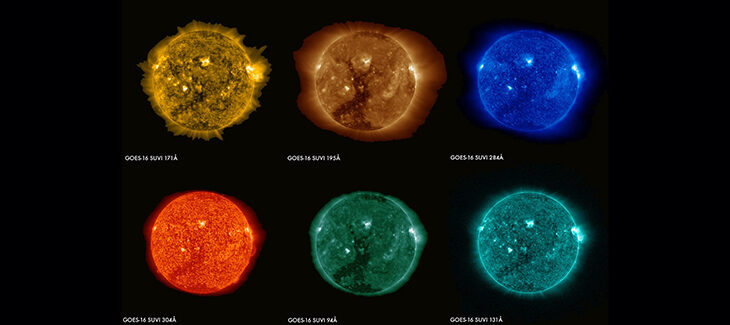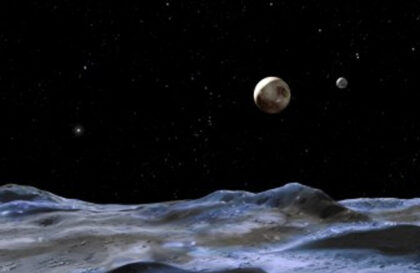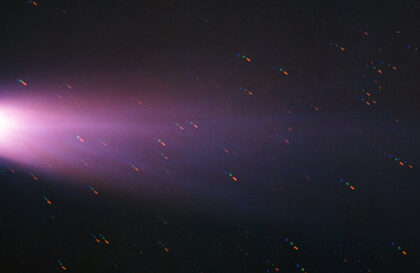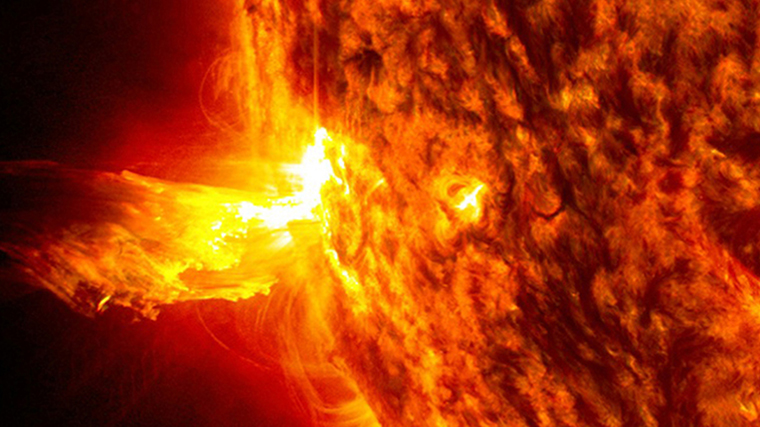What is a Carrington Event?
The Carrington event is an astronomical event that occurred on September 1, 1859, named after the British astronomer Richard Carrington. It is the most giant solar storm on record, producing powerful, short-lived showers of high-energy particles. Carrington and fellow amateur astronomer Richard Hodgson observed a flash of white light from a region of the sunspot and two patches of intense bright white light emanating from the same area. This was followed by an aurora wave that could be seen in North and Central America and a solar flare effect observed by ground-based magnetometers. Although the event occurred ten months before the sunspot peak, it was not an unusually strong peak. Even so, the event was intense enough to be mistaken for the sun rising on a cloudy morning and increasing the concentration of carbon in the atmosphere.
The sunspot cycle from 1995 to the present. The jagged curve traces actual sunspot counts. Smooth curves are fits to the data and one forecaster’s predictions of future activity. Credit: David Hathaway, NASA/MSFC
The solar flare is estimated to have had the energy of 10 billion atomic bombs and ejected electrified gas and subatomic particles to Earth. The Sun can create similar conditions, although it is unlikely to reach the same intensity.
The 1859 solar flare was so intense that it appeared brighter than the Sun. This flare was included in class X, indicating the highest intensity level of solar flares. The event also caused an increase in coronal mass ejections (CMEs), which are tall plumes of hot gas coming out of the Sun. Intense solar flares can cause radio interference and short-term power outages.
Credit: NASA
CMEs associated with this event are thought to be responsible for two large polar storms on August 28-29 and September 2-3.
Consequences of the Carrington Event?
A solar storm in September 1859 during the Carrington event had an immediate and devastating effect on the telegraph system on Earth. The event shocked the operators; the flash was intense, creating two dazzling light moments visible through the telescope. The night sky in North and Central America lit up like day, and prospectors in the Rockies woke up at 1 a.m. thinking the sun had risen on an overcast morning. People could read newspapers by the light of the auroras, and there was another wave of even brighter auroras. In addition, the event caused fires that damaged telegraph cables and operators, and some were even electrocuted.
The effects of the Carrington event included spectacular auroras in the sky, as well as a malfunction of the telegraph system. It is estimated that a similar storm could cause trillions of dollars in damage if it were to strike today. The Carrington event is a reminder of the power of the Sun and the importance of preparing for potential solar storms.
Researchers later determined that auroras are caused by violent events on the Sun that can release vast amounts of electrified gas and dust. The two-day storm caused by the Carrington event contained two large auroral substorms, and since then, researchers have been analyzing the storm to understand its scale and impact.
Banner image: NOAA/NASA
Image credit:
https://www.nasa.gov
https://www.flickr.com
https://www.youtube.com






